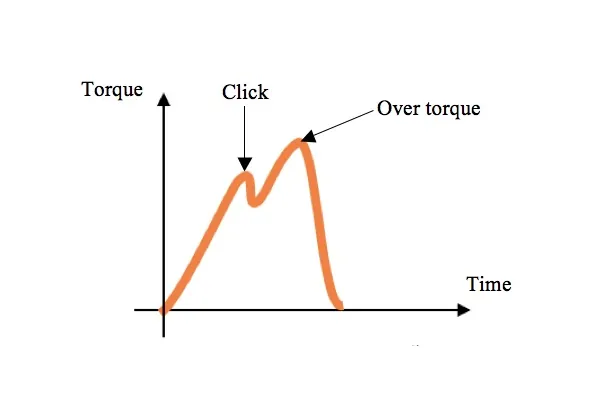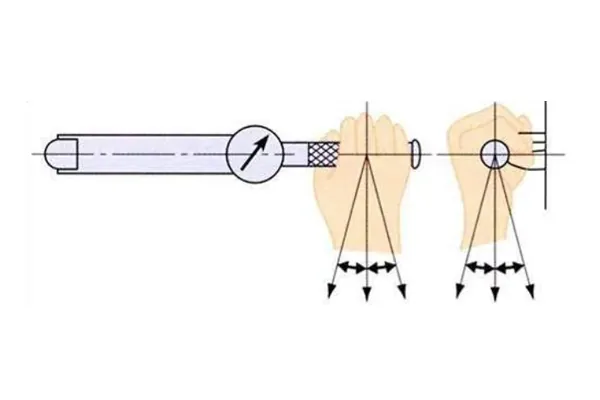How to understand the clicking sound of a torque wrench
The “klaxon” sound of a Torque Wrench is produced by the torque release structure inside the wrench. This structure consists of three main components: the pressure spring, the torque release joint, and the torque jacking lever. First, when using a torque wrench, the desired torque value is set (pressure is applied to the torque release joint using a spring applied to the top lever), then the wrench is locked and the bolt is tightened. When the bolt is tightened to the set torque value, an instantaneous disengagement effect occurs as the applied torque exceeds the pressure of the spring. At this instant, the knocking action of the joint causes the metal housing of the wrench to make a “kata” sound, which is what we hear. This sound alerts the user that the torque has reached the set value and no further force is required. The principle is similar to the effect of a bent arm joint that instantly straightens and hits a metal pipe wall.

Definition of a Clicker Wrench
A torque wrench, also known as a torque wrench, is a tool used to apply force to control threaded fasteners such as screws, bolts, or nuts. Its principle of operation is based on the calculation of torque, which is the product of force and distance. The use of a torque wrench allows you to effectively control the applied torque to avoid damaging the threads due to excessive torque. After setting the torque value, when the applied torque reaches the preset value, the wrench will make a “kata” sound or bend a little angle, indicating that the fastening is completed, and then no more force is needed.
Steps for using the torque wrench
Setting the torque value: Set a suitable upper limit of the torque value as required.
Insert the socket: Insert the required socket into the square drive head of the torque wrench.
Putting on the bolt or nut: Put the socket firmly on the head of the bolt or the nut.
Tightening operation: Turn the torque wrench clockwise to perform the tightening operation.
Listen to the “click” sound: When you hear the “click” sound, it means that the set torque value has been reached, the tightening is completed, and there is no need to continue to apply force.

Precautions for using the torque wrench
Hand position: When applying torque, the hand should be held in the center of the torque wrench handle to ensure that the torque is applied evenly.
Firm Connection: Make sure the square drive head is securely connected to the socket, nut, or bolt to prevent it from slipping out of place when applying force.
The direction of force application: Apply force only in the direction marked on the wrench and within plus or minus 15 degrees. Excessive angular deflection may result in inaccurate torque values and affect the tightening effect.

In addition, when using a torque wrench, the accuracy of the tool should be checked regularly to ensure that it maintains a stable torque output after long-term use.
Why Choose SAIVS™ as Your Supplier?
With 20 years of industry experience, SAIVS is a leading Chinese manufacturer of high-quality tools, offering competitive pricing and excellent customer service.We pride ourselves on exceptional quality control, extensive experience, and comprehensive after-sales service.